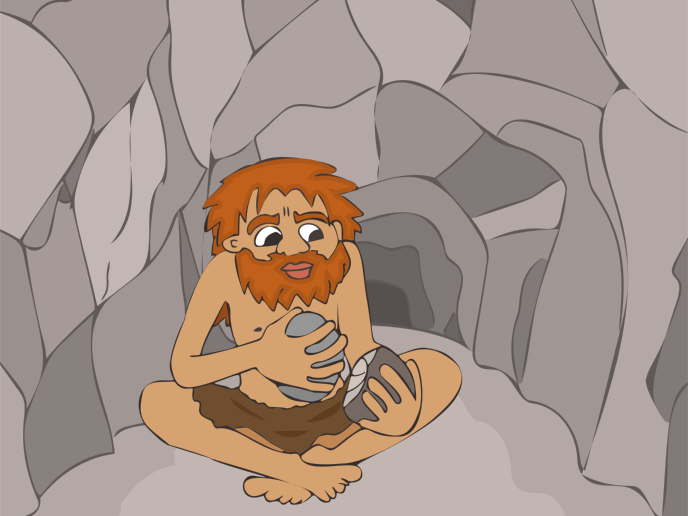Cutting-edge technology and methods to investigate the acoustics of prehistoric art sites
Rock art is human-made markings placed on natural stone surfaces. It is becoming increasingly recognised that studying the sonic nature of archaeological parts can deepen understanding of past civilisations. However, the study of the archaeoacoustics of rock art is still in its infancy in Europe. Investigating its various components, namely acoustics, soundscape, musicology and archaeology, can shed light on this unique interdisciplinary field. With EU funding, the SONART(opens in new window) (Sounds of rock art. Archaeoacoustics and post-palaeolithic schematic art in the Western Mediterranean) project examined the acoustics of schematic rock art landscapes and sites in the Western Mediterranean. Project partners performed acoustic measurements in 10 rock art areas in Spain, France and Italy. This was done to explore the sensorial experiences sought by prehistoric rock art creators during the Neolithic and Early Bronze Age. Researchers devised a technique to measure the sonority of sites through highly portable, low-cost devices that meet standard acoustic measurement requirements. The developed equipment allows users to quickly acquire several acoustic parameters in remote areas, such as direction of arrival and audibility of sound reflections, reverberation, resonance, apparent sound source width, acoustic envelopment, transmission loss and attenuation. This new method enables them to assess whether the acoustics of places, particularly echoes and reverberation, played a role in selecting rock art sites to be decorated. The SONART team also studied what type of sound source produces better acoustic effects in rock art landscape, and whether specific rock art motifs are associated with acoustic effects. It compared the results of each area in order to infer commonalities in the cultural conventions of rock art creators concerning sensorial experiences. SONART was able to provide objectivity, precision and accuracy in performing acoustic measurements of rock art landscapes. It provided ample evidence for the use of sound and music in rock art landscapes, while furthering knowledge on the sensorial experiences pursued by prehistoric communities.







